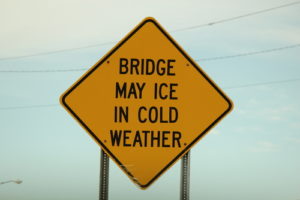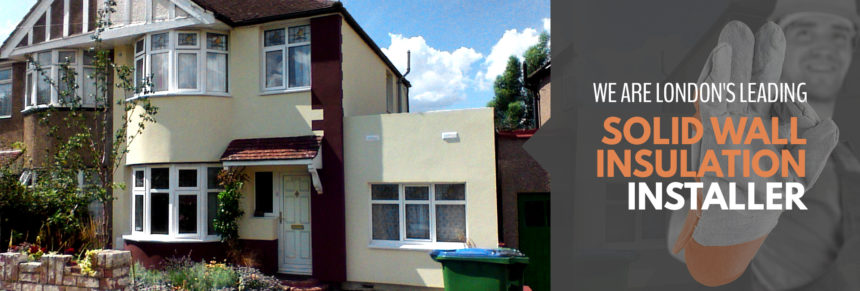
Good solid wall insulation installer
One of the most confusing aspects of receiving multiple quotes from installers is the price variation. Why should installer A be ‘x’ amount cheaper than installer B?
Well there are the obvious costs of materials and where they are sourced. Installer A may get their materials directly from the factory, whereas installer B may have to go through a middleman. Obviously if you can use installer A in this case it would be better since you get the materials cheaper but this shouldn’t factor into the quality of the install.
At Silicone Render company, we source our solid wall insulation materials directly from the supplier in uk and Germany!
It is more important however, to look beyond just the price the installer can source the solid wall materials; you then need to consider the processes and techniques they use when they install the system on your home!
Even if the highest quality materials are used when your external solid wall insulation system is installed, the overall performance can be hindered if the insulation isn’t installed correctly. Insulation applied without following the insulation guide can result in the system failing; this might lead to damage on the façade and other areas.
So things to consider when you do your homework on installers include whether they bury gas pipes and leave the insulation open? Are snagging aspects left for months? Do they use durable materials with breathable finishes? All of these are vital for the solid wall insulation system, and therefore just because one installer might be cheaper, it doesn’t mean that they are the best bet.
One of the most dangerous aspects of external solid wall insulation is burying gas pipes. Many installers do this, as extending them and moving the pipes actually costs quite a lot and adds time and money onto the job. Likewise soil pipes should always be removed and reattached, while boiler flues should also be extended to protrude out past the insulation.
At Be Constructive we don’t believe in cutting corners – therefore we take the time to extend these gas pipes to ensure that they are never buried. In addition, all soil pipes / guttering / boiler flues are treated in the correct manner.
One of the other issues with solid wall insulation is cold bridging.
What exactly is cold bridging?

This is when the insulation is not consistent across the whole of the surface that is due to be insulated and therefore it will be an area of significant heat loss, imagine for example using 20mm insulation instead of the 100mm EPS insulation that we normally use just in a small area. The issue here is that not only would heat loss be higher through the 20mm area, on the inside of the property, this could be an area where condensation occurs.
At External Wal Insulation company, we ensure that the solid wall insulation is applied correctly across every surface that requires insulation. This includes everything from the dowels to the mechanical fixings and the cills to the pipework. When applying the mechanical fixings, we cut away a section of the EPS in order to carefully applying the fixings. Then, using pre-cut sections, the holes are plugged with EPS to avoid any cold bridging. Many installers cut costs by hammering in the mechanical fixings, which causes irreparable damage to the EPS.
Finished external solid wall insulation might look really good once the render is applied, but it is important that you use an experienced installer of solid wall insulation, to ensure there is sufficient time to dry and set, we find many installers rush through the installation in order to cut costs. So while the end result might look good for a few days or weeks, as it starts to fall off the wall, you might wish you had paid a bit more and gone with a better solid wall insulation installer!
A good solid wall insulation installer should take at least 5 days to finish even a very small job once the drying times have been taken into account. If they suggest they can finish it over a weekend, be very cautious.
Using the right materials!

Lots of installers use PIR boarding as the insulating material, as costs are reduced, and they can offer a thinner result. We won’t touch PIR board (even though suppliers call us on a daily basis to use their products) – the reason for this is that PIR boards shrink about 2% over the course of just a couple of years. This can cause huge cracks to appear in the system and for it to subsequently fail. If you are going to take one thing away from this blog it would be this – Don’t use PIR board for solid wall insulation!
Charging for waste material
One cost that an installer may unfairly pass onto a customer at the end of a job is the amount of waste that remains. Professional teams manage materials well, meaning that fewer amounts are required to be ordered initially, thus creating savings that can be passed on. The storage of materials is also important, professional installers will always keep the site clean and safe.
If you are interested in seeing what else sets us apart from other solid wall insulation installers, call us today! We install solid wall insulation across London and we are certified to install the insulation under PAS2030 (Green Deal and GDHIF).















No comments yet